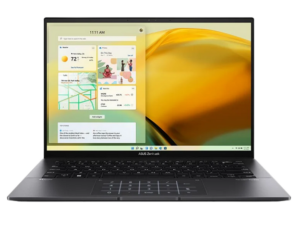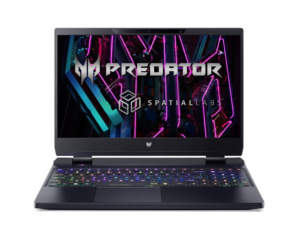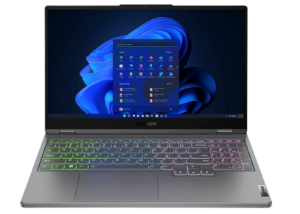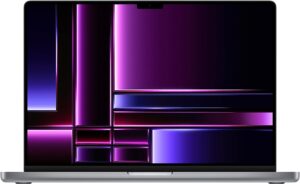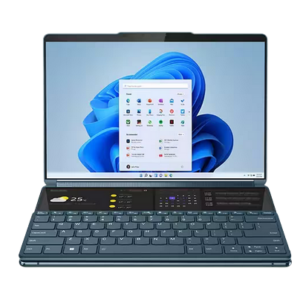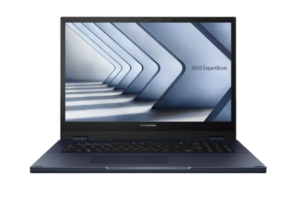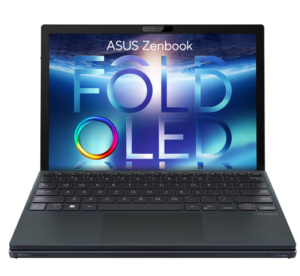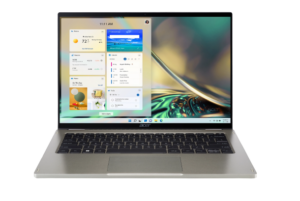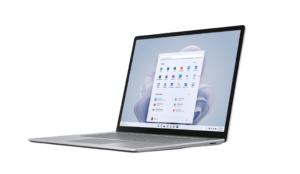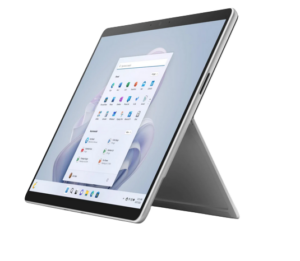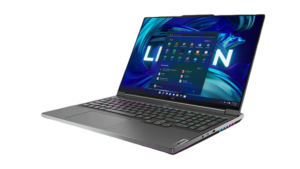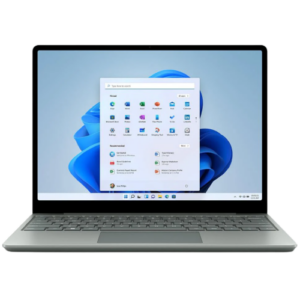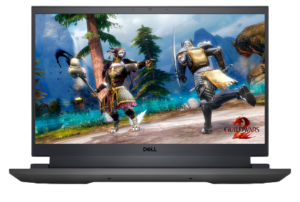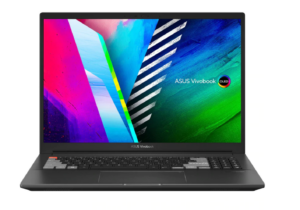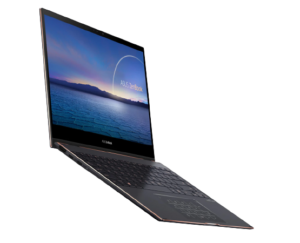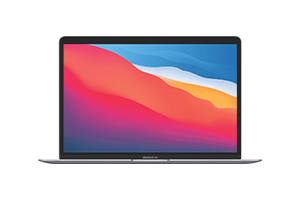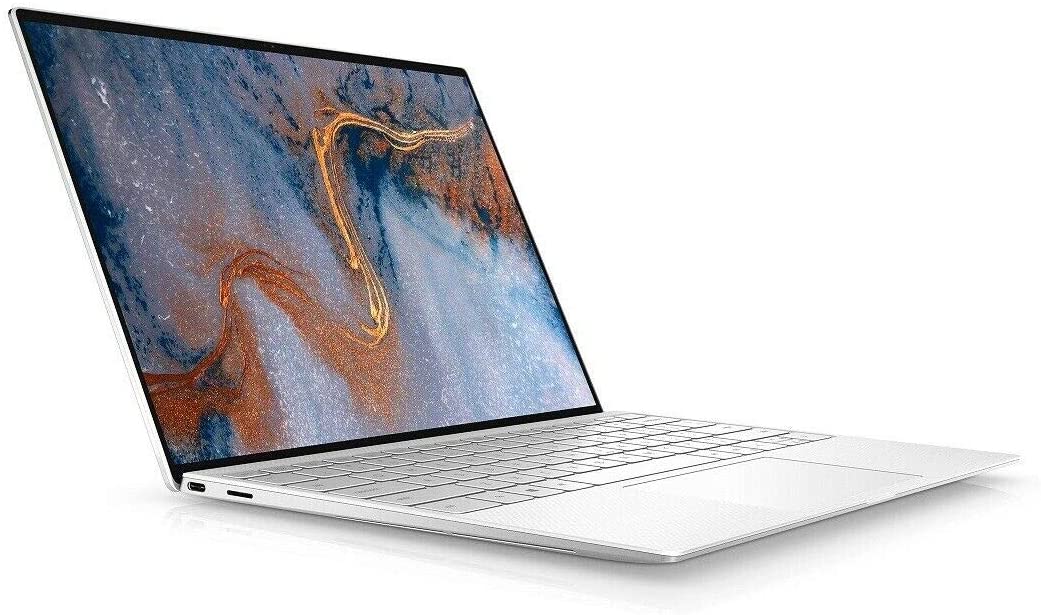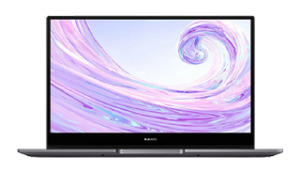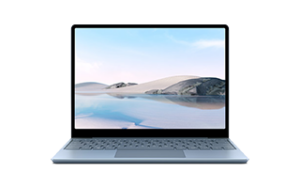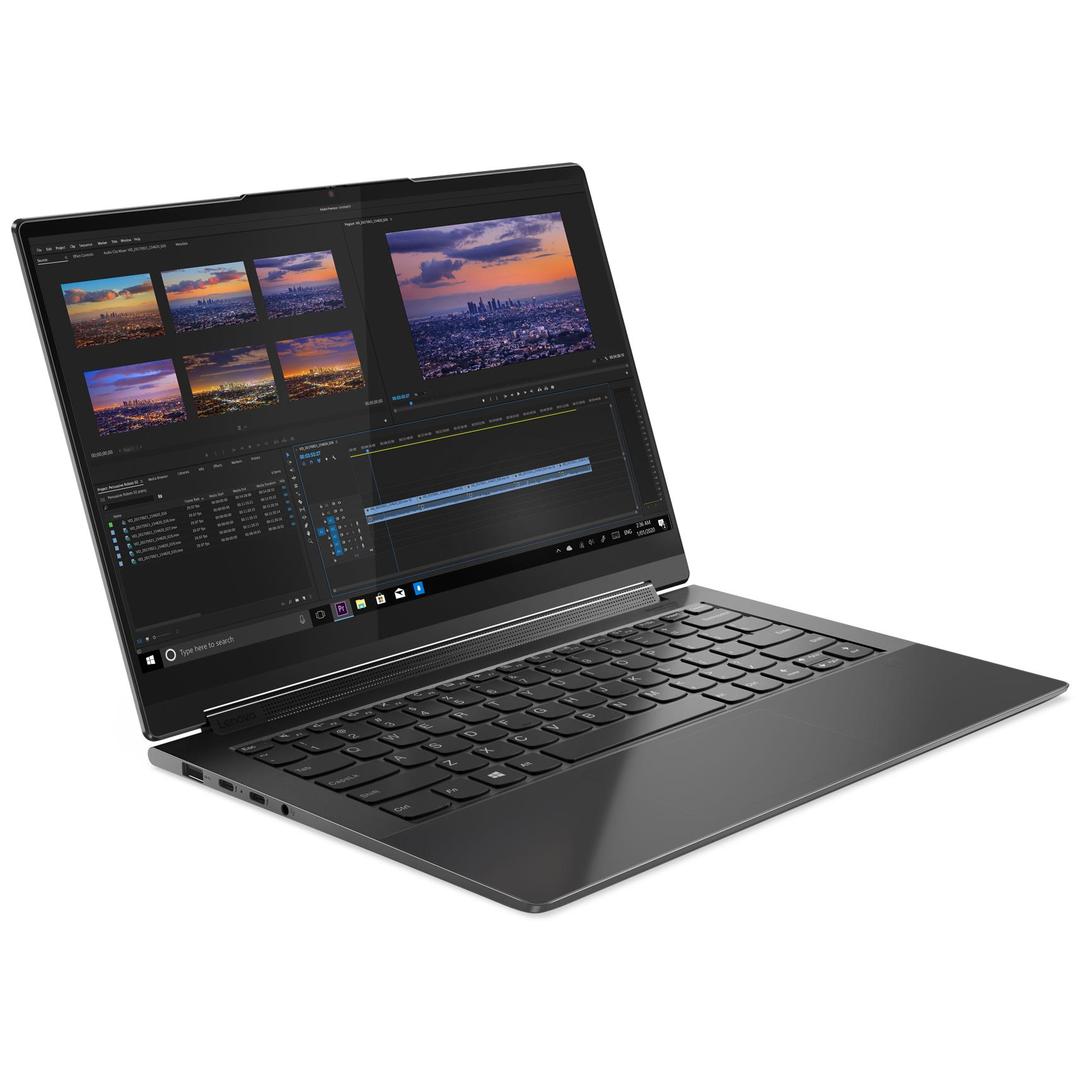It's about time the Zenbook 14 got a tune-up.
ASUS’ Zenbook 14 OLED promises more than just a better screen
It's easy to like the look of today's best laptops, but it's not hard to lament the absence of what's often left on the cutting room floor. The sanded-down corners that make devices like Apple's latest MacBook Air (M2) look so sleek and futuristic don't always square with the untidy realities of you might want to use your computer.
The new ASUS Zenbook 14 OLED tries to have it both ways. It's plenty thin and light, but happy to be bigger where it counts. ASUS have armed the Zenbook 14 OLED with much of the same silicon you'll find in more lifestyle-oriented fare. However, this hardware is complemented by design choices that speak towards an ideal of practicality rather than prestige. Throw in a crisp and colourful OLED display, and you've got a laptop that both looks and feels better with few compromises when it comes to performance.
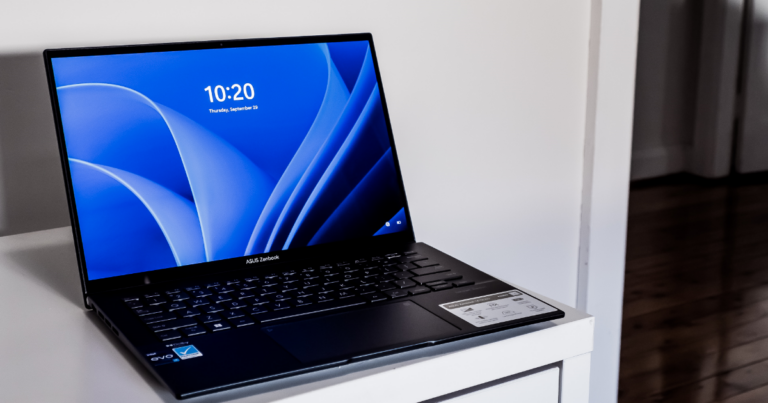
How much does ASUS Zenbook 14 OLED cost in Australia?
In Australia, the ASUS Zenbook 14 OLED starts at $1,899. That's a little more than what it'll cost you for a basic MacBook Air, but slightly less than what you'll need for a kitted-out Dell XPS 13.
It's not the cheapest you could spend on a laptop, nor is it the most. When it comes to the price at least, the ASUS Zenbook 14 OLED is both a responsible and respectable choice. Still, if you're looking to shop smart, it can pay to look around. Check out the table below for a round-up of how local retailers compare when it comes to pricing for the laptop.
ASUS Zenbook 14 OLED - Design and features
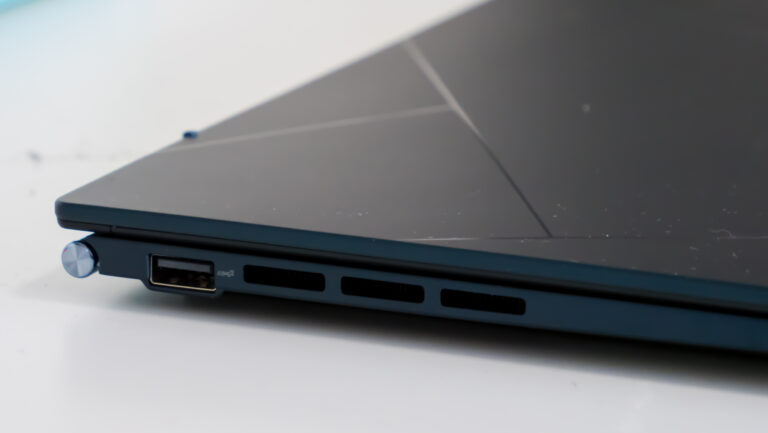
Given its namesake, the screen is a natural place to start when it comes to the ASUS Zenbook 14 OLED.
An enhanced take on the previous model, this version of the ASUS Zenbook 14 is crowned by a glitzy 2.8K OLED panel clocked at 90Hz. Although this inclusion can hardly be said to be exclusive or unique, it's a feast for the eyes and still somewhat uncommon for a laptop of this price to have a display that's quite so nice to look at.
While older laptops and monitors tend to be built around an LCD-LED, TN or IPS display, newer models sometimes include an OLED one.
Compared to a traditional LCD-LED screen, an OLED screen offers the potential for higher, sharper and better contrast. For enthusiasts and more professional users, an OLED screen can also be synonymous with better color accuracy.
Still, if your needs are more everyday, we’re pretty confident you could hold two otherwise identical laptops with different screens side-by-side and come away thinking more fondly about the one with an OLED screen, even if the difference between the mean display of either technology isn’t huge in a practical sense.
Given the baseline improvements that adding an OLED screen into the mix tends to add, it's easy to imagine ASUS calling it a day. However, there are several additional differences and distinctions to unpack here.
Some of these, like the heavier weight, are a function of the change in screen type. Other things like the newly-rounded ErgoLift hinge come across as details that ASUS have taken the chance to touch up while they have it. The deeper key press makes the keyboard more satisfying and built-in enhancements that promise to cut down on nearby noise and improve both audio and video quality during video calls.
Meanwhile, the addition of more ports makes for a nice change compared to many of the other premium laptops out there. The ASUS Zenbook 14 OLED has a single USB 3.2 Gen 2 port on one edge while the other is kitted out with a pair of Thunderbolt 4 USB Type-C ports, a combo audio jack, a Micro SD slot and HMDI 2.0 for video out.
It's these small but smart choices that really endear the Zenbook 14 OLED to me. The geometrical lines running along the exterior aren't as loud in a visual sense as they could be, but sometimes subtlety can make for a more convincing mission statement. The Zenbook 14 OLED boasts the same pseudo-holographic NumberPad 2.0 found across the range, but it's easy enough to ignore or overlook if it's not your thing or if you feel like the tuned-up trackpad gets in the way.
At 14-inches, the Zenbook 14 OLED sits in the sweet spot for size. It's comparably compact to a 13-incher like the Dell XPS 13, but squeezes in that little bit of additional screen to work like the Vivobook 16X OLED. That idea of buying in on the best of both worlds runs through the entire package here. The new ASUS Zenbook 14 OLED looks good, but it's got a lot more than just good looks going for it.
ASUS Zenbook 14 OLED - Performance and battery life
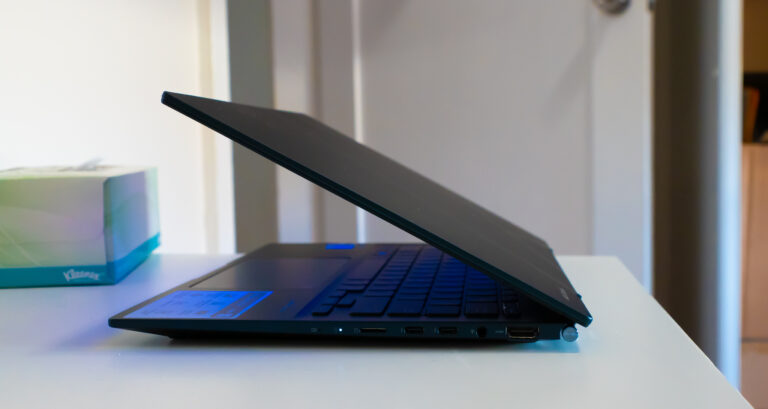
While Windows 11 may have launched in an uneven state, the out of box experience offered by the Zenbook 14 OLED is so clean that you'd never know it.
The setup here is smooth, simple and as straightforward as can be. Once I had my usual apps and web browser of choice set up, the daily experience of using the Zenbook 14 OLED represented a solid incarnation of a familiar prospect.
When it came to the basics like web browsing, managing files and other bits and pieces, ASUS' awesome OLED laptop never failed to meet my expectations. I wouldn't say it raises the bar for performance at this price, but it certainly doesn't fumble it. That said, it's easy to imagine thrill-seeker looking for something that'll push boundaries running up against the limits of the hardware here sooner rather than later.
There are also always the unspoken elephant in the room. If you're not seeking to meet ends that necessitate a discrete GPU and you're not particularly attached to Microsoft's software ecosystem, the case for this versus one of Apple's newer MacBooks is a fraught one. The Blender project that the Zenbook 14 OLED took 5 minutes and 39 seconds could be done by the latest MacBook Air at 3 minutes and 44 seconds.
On a raw technical level, what's here is almost certainly faster than the last 11th Gen Intel-based laptop I used. However, anecdotally, the Zenbook 14 OLED doesn't feel all that much more responsive or snappy to use. I can't complain about how fast apps loaded or the device booted up, but mostly that's a function of the relatively high level of performance that an Intel Core i7 processor like the one found here tends to offer as standard these days.
When it came to our usual benchmarks (Cinebench, Novabench and Geekbench), the new Zenbook 14 OLED tended to rank higher than most of the other Windows laptops we've tested. That list includes the ASUS Vivobook Pro 16X OLED and the Lenovo Yoga 9i and is likely down to the more recent Intel processor found in ASUS' latest spin on the Zenbook 14. The most noteworthy exception to the Zenbook's dominance was the Lenovo Yoga Slim 7 Pro, which gave the former a real run for its money not unlike Apple's recent M1 and M2-based MacBooks might.
When it came to gaming on the ASUS Zenbook 14 OLED, the aforementioned lack of a discrete GPU comes into play. The results here are not pretty. Unless you're looking to leverage a game streaming service like Nvidia's GeForce Now or Microsoft's Games Pass Ultimate, you're not going to be able to play Cyberpunk 2077 on this thing.
Less-demanding and indie titles like Rollerdrome and Sunday Gold fared better, but if your ambitions exceed this, it might be worth shopping around for something with a discrete GPU. The significant amount of tinkering it took to even get a stable 30FPS with Overwatch is not something I'm in a rush to recommend.
As for battery life, I found that the 75Whr battery inside the ASUS Zenbook 14 OLED could usually see me through the workday, but struggled with anything longer or significant deviations to my usual workflow.
In our standard battery rundown test, which measures how long it takes a full charge to hit zero from streaming video on YouTube, the machine lasted 6 hours and 31 minutes. This is not a favourable result, with even the Surface Laptop Go 2 coming out ahead of the Zenbook 14 OLED on battery performance.
Laptop batteries are typically measured in watt-hours (Whr), this unit measures how much power is expended per hour. The more Whr a laptop battery has, the longer the battery life is on paper. However, raw size isn’t everything. It’s not uncommon to find two laptops with the same amount of Whr and very different battery life. There are plenty of other factors that can affect battery life, from software optimisation to how the display has been calibrated.
It’s also worth noting that batteries can only go so big. Most airlines won’t allow you to take any device with a battery larger than 100Whr onboard, so most manufacturers treat that as an unofficial size limit.
ASUS Zenbook 14 OLED vs ASUS Zenbook 14X OLED
If you're looking to decide between the ASUS Zenbook 14 OLED and the similarly-named ASUS Zenbook 14X OLED, there are a few things you'll want to keep in mind.
First of all, despite the fancier name, the latter is actually kitted out with 11th Gen Intel Core processors rather than the 12th Gen Core processor found in the new Zenbook 14 OLED. The older model might have thinner bezels, but the more recent model promises better battery life and performance so choose wisely.
Is ASUS Zenbook 14 OLED worth buying?
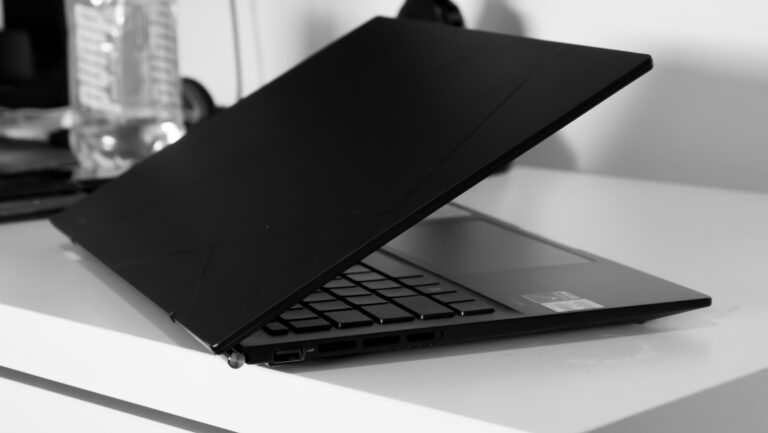
It's all too easy to imagine ASUS resting on their laurels and just trading out the LCD-LED display on last year's model and calling it a day. Plenty of other manufacturers have and will continue to take this approach when it comes to OLED.
Rather than zig this way, ASUS has chosen to zag and veer in the opposite direction. A change in display tech is enough to make anything look new, but it's the swag of savvy improvements here that serve to make the Zenbook 14 OLED actually feel it.
It's not the kind of eye-catching tech showpiece that some are after, nor is it a portable powerhouse when it comes to the GPU. Nevertheless, if you hunger for a laptop with more versatility than many of the modern category front-runners bring to bear, ASUS's latest is a shoo-in.
By looking beyond the glitz and glamour of its namesake, the new Zenbook 14 OLED takes strides where lesser laptops fumble.
This review was originally published on 17 October 2022.
How we review laptops
Whether you're looking at a mainstream computer brand like Dell or a dedicated gaming brand like MSI, there's an immense number of decisions you'll need to make when purchasing a laptop. If you're not sure where to start, here are a few important features to consider when shopping for your next laptop:
- Screen size and type: Unlike upgradeable components like your GPU, RAM and storage, you're stuck with the display you buy when you purchase a laptop. Is it a comfortable size? Does it offer a wide-viewing angle?
- Resolution: Similarly, you can't change your display's resolution after the fact. 1080p (Full HD) is the bare minimum these days and most laptops worth their price tag aim for 1440p at least (QHD or QuadHD) but you can also opt for 4K if you're willing to spend a little extra.
- Refresh rate: A screen's refresh rate is the measurement of how frequently it changes. If you play fast-paced multiplayer games like Call of Duty, you know that the difference a few milliseconds that a high refresh rate gets you can count for a lot. The higher the refresh rate, the better. Most conventional laptops offer 60Hz to 90Hz but fancier gaming laptops can offer 144Hz, 165Hz or even 240Hz screens.
- Ports and connections: Like your screen, ports will impact your everyday experience with a laptop, particularly if you use it for work. While you can work around this with USB hubs and adapters, a laptop with fewer ports than you need can quickly become a headache.
- Future-proofing: There are no hard and fast rules here but as a general suggestion, you'll want to sure you're laptop has the legs to survive a few years of technology improvements in any way you can. You can overshoot on your desired specs, spending more on a machine that's more powerful than you currently need, or opt for a model or brand that has support for upgrades down the track. Check which features of the machine are upgradeable. The Dell XPS 15, for example, supports additional RAM, while Apple MacBooks do not.
Check out our dedicated laptop buying guide for more suggestions on shopping for the best laptop for your needs.
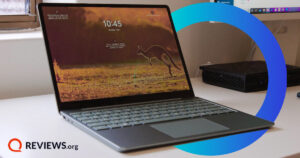
How we review laptops
Here are the big things we consider when reviewing laptops.
ASUS Zenbook 14 OLED FAQ
The new ASUS Zenbook 14 that we reviewed does have an OLED screen, but you'll want to double check that this is the model you're looking at before buying it.
ASUS tend to recycle product names from year to year, so it's easy to get confused. It's not uncommon to see the Zenbook 14, the Zenbook 14X, the Zenbook 14 OLED and the Zenbook 14X OLED ranged alongside one another, so be careful not to get them mixed up.
ASUS' latest lot of Zenbooks have all been kitted out with OLED screens, including the new Zenbook 14 covered by this year.
The ASUS Zenbook 14 OLED (2022) does not come with a stylus or digital pen accessory, though the display on the device is touch-sensitive.
Compared to a traditional LCD-LED screen, an OLED screen like the one found on the ASUS Zenbook 14 OLED is geared to provide higher, sharper and better on-screen contrast.
Related Articles





